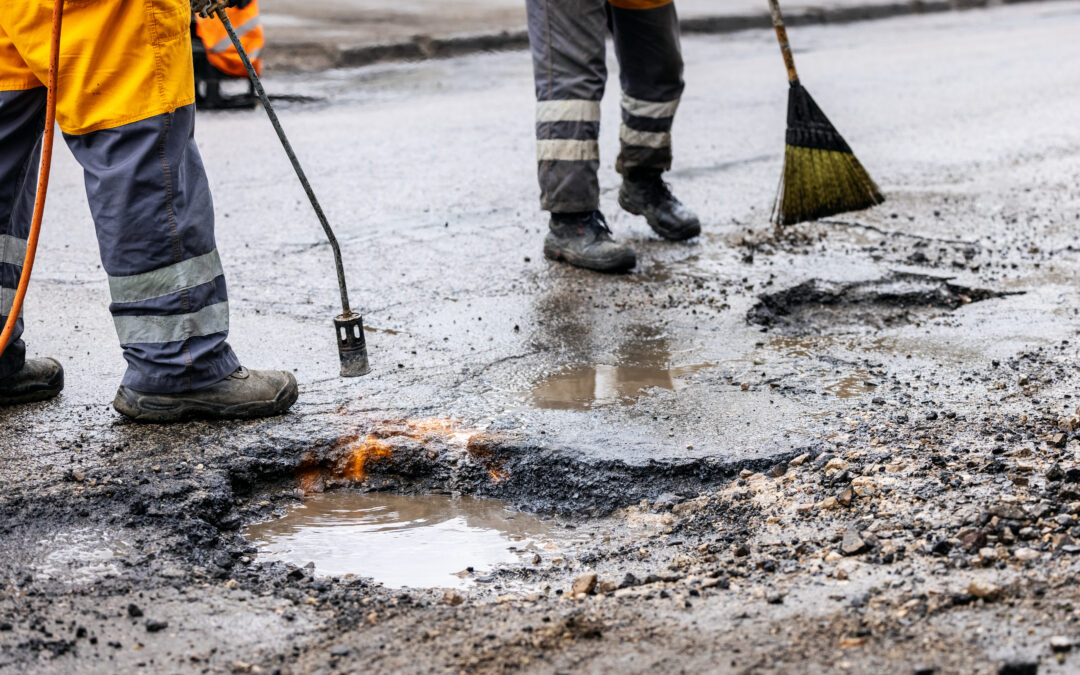“It’s absolutely baffling to me that the roads are in the condition that they are,” says Zach Murrell.
Murrell tells 7 Action News he’s still getting used to road conditions south of the Mackinac Bridge having moved to metro Detroit from the Upper Peninsula.
“I’ve lived in the area for about a year now. I did just recently have to repair that tire. I was patching it, like plugging it on the side of the road,” he says.
To relieve drivers of such burdens, a 44-page report published by Public Sector Consultants suggests the state legislature needs to invest $3.9 billion a year in fixing the roads for a long-term solution.
“Every year that goes by that we don’t make the substantial change and really have a forward-looking funding model, the costs just get higher,” says Jim Holcomb with the Michigan Chamber of Commerce.
Holcomb is the President of the Michigan Chamber of Commerce. He joined a number of other interest groups this morning in Lansing to discuss the report, adding that inflation and temporary fixes compound the funding problem.
“In our report, we look at it and we say to build a road and maintain it over 50 years, if it’s a non-federal road it’s $570,000. To maintain and build a federal road, it’s around $4.3 million. So, you just do that math over 50 years.”
Rob Coppersmith, executive vice president of Michigan Infrastructure and Transportation Association, says, “The solution, unfortunately, is what most people don’t wanna hear and it’s gonna be long-term sustainable funding. And there’ll be no silver bullet on that. I think it’s gonna have to come from a variety of directions.”
Coppersmith says one idea pushing the discussion is vehicles have gotten more fuel-efficient, which means less revenue for road funding from gas taxes.
“Tolling should be a possible consideration. How we structure registration fees should be a possible consideration. Are we going to collect kilowatt hours or VMTs (vehicle miles traveled)?” Coppersmith says.
Those last two ideas refer to electric vehicles. The report states that Michigan currently has funding from a bonding program and federal dollars from President Biden’s Infrastructure Investment and Jobs Act.
“Those all dry up in 2026. So, those two funding sources are significant and unless they’re replenished or other sources come in to backfill those, the gap could get much larger than 3.9 billion,” Coppersmith says.
We reached out to the governor’s office for comment. We have yet to hear back.
This article originally appeared in WXYZ. For more, click here.

